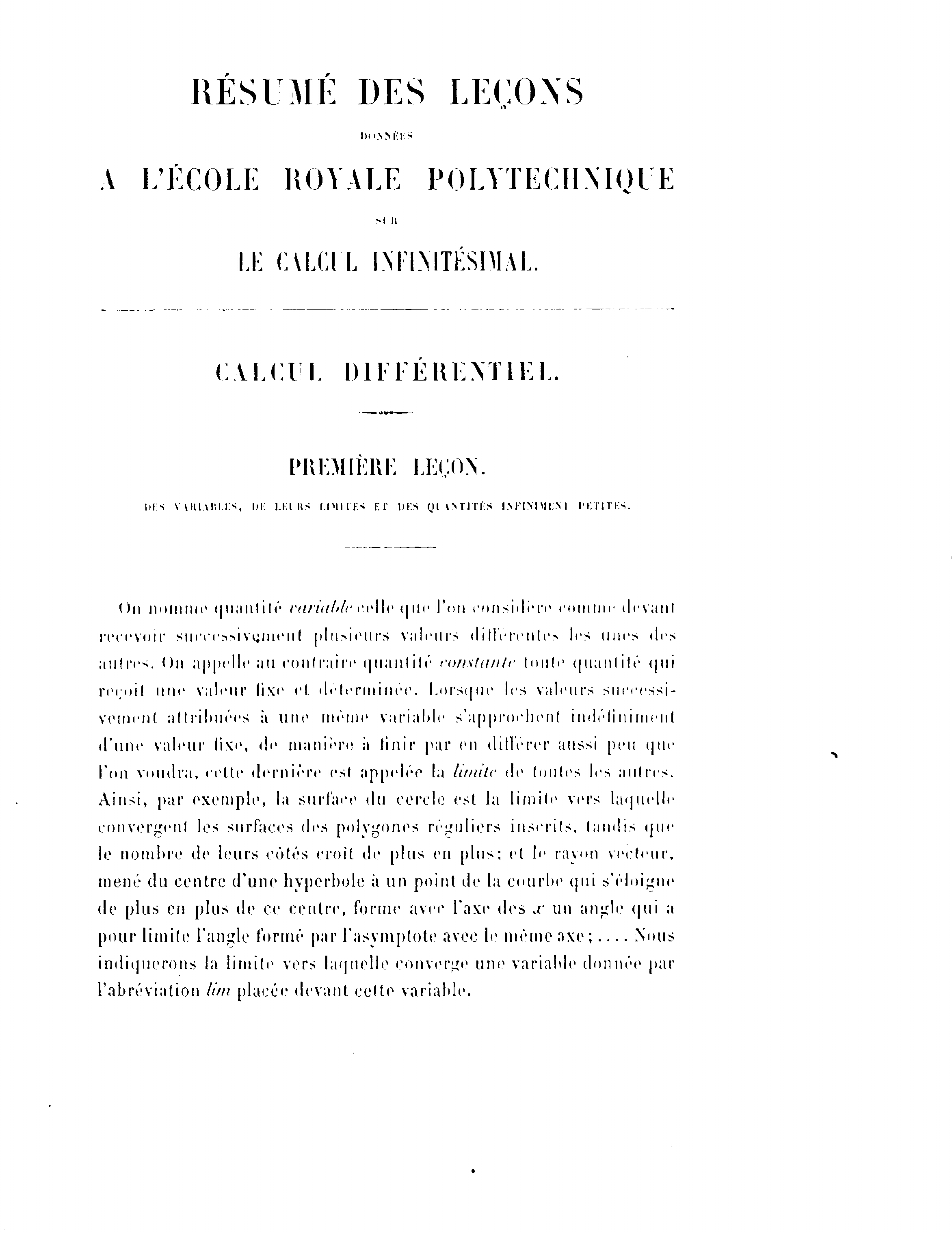A Museum for Mathematics
| The Garden of Archimedes
A Museum for Mathematics |
This is utterly unconceivable, he says. And yet there are some people who are capable, while expressing disappointment in front of the proposition of any mystery, do not make any problems, as far as they are concerned, in sipping a gnat or swallowing a camelAnd further on:
And what are these fluxions? The velocities of evanescent increments. And what are these same evanescent increments? They are neither finite quantities, nor quantities infinitely small, nor yet nothing. May we not call them ghosts of departed quantities?Berkley's criticism is not limited to the pure and simple attack to the foundations of calculus; it discusses the reasons of the success of the new analysis in facing and solving problems with an amplitude previously unimaginable. He therefore tries to explain how such surprising results can be the outcome of such precarious principles. For Berkley, these successes are due to a mutual "cancelling out" of the errors. Let us imagine, for instance, that we want to find the tangent to a curve
 Joseph Louis Lagrange
Joseph Louis Lagrange
After these general considerations on the expansion of functions, let us consider in particular the formula
and let us try to find out how the derivative functions,
,
, etc. depend on the primitive function
.
For this let us suppose that the indeterminatebecomes
,
being any indeterminate quantity and independent from
; one can see that
becomes
and at the same time that one can obtain the same result by simply putting
instead of
in
. Therefore the result should be the same whether
is put in the series
instead of
, or
is inserted instead of
. [...]
 Bernard Bolzano
Bernard Bolzano
If in a succession of quantities,
,
, ...,
, ...,
, the difference between the nth term
and every following term
, at a certain distance from the nth , maintains itself smaller than every given quantity, by taking a
sufficiently big, there will always be a certain constant quantity and only one towards which the terms of this sequence tend towards more and more, and to which they can approach as much as desired if the series is lengthened sufficiently far.
Though reasonings of this kind are generally accepted, especially in the transition from the converging series to the diverging series and from real quantities to imaginary expressions, they cannot be considered, in my opinion, more then inductive reasonings capable of anticipating truth, but finding little agreement with the accuracy of approach boasted by the mathematical sciences. One must, moreover, observe that they tend to attribute an indefinite extension to algebraic formulas, whilst most of these formulas actually exist under certain specific conditions and when the quantities they contain have certain values [...] Therefore before carrying out the sum of any series, I was compelled to examine the conditions under which they converged. Thus I have established general rules that I feel deserve some attention.As already stated, the fundamental point of the construction of Cauchy becomes the definition of the limit.
 Augustin Luis Cauchy
Augustin Luis Cauchy
When the values of a given variable take up different values successively and approach a fixed value indefinitely, such that it ends up being very slightly distinct from it, this latter will be called the limit of all the others. Thus, for example, an irrational number is the limit of the different fractions that give it a more and more approximate value. In geometry, the surface of a circle is the limit towards which the polygons inscribed in it tend, whilst the number of edges they have grows more and more, etc.
When the successive numerical values of the same variable decrease indefinitely, such as to become less than a given number, this number becomes what is called an infinitesimal or an infinitesimal quantity. The limit of this type of variable is zero.